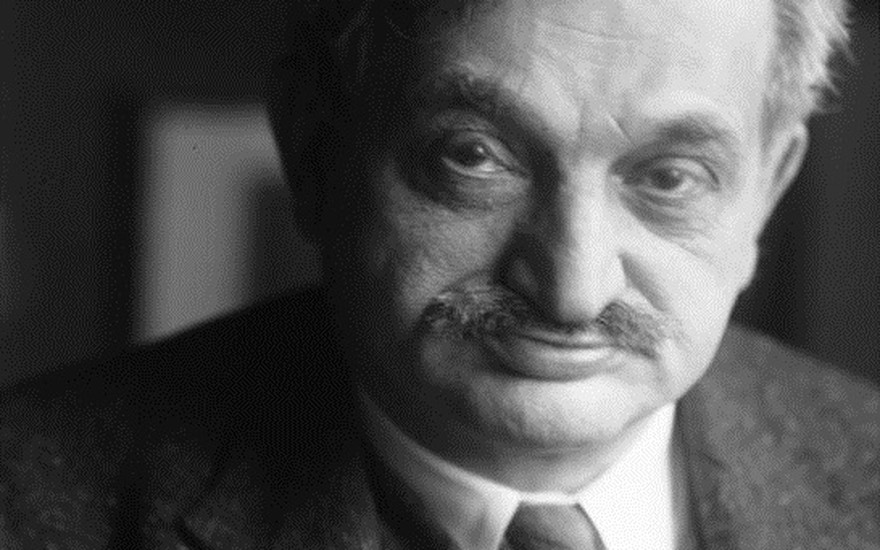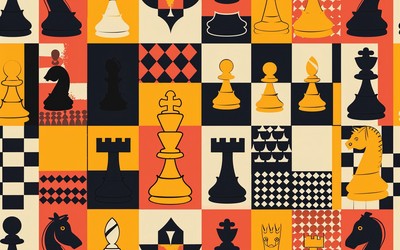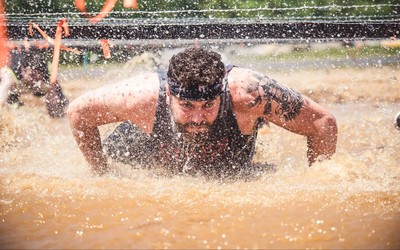
When To Stop Thinking
What do you do when you see a good move?“When you see a good move, look for a better one.” -Emanuel Lasker
This is one of those quotes that I wish had not been put so memorably, because the sentiment underlying it is not that helpful. Taken literally, it would lead to paralysis: see a good move, look for a better one, find it, look for a better one than that, and so on, into infinity. This might seem like a ridiculously pedantic objection, except that it does in fact describe what many players do: they fritter over an insignificant decision for far too long, and end up losing on time or blundering in time pressure later on.
When to stop thinking and move is a non-trivial decision in a chess game, and Lasker’s quote doesn’t give you much meaningful guidance on how to solve it. Boiled down to its essence, the Lasker quote basically tells you to play slower, which is of course good advice for someone who plays too fast. For players who habitually move without thinking, especially juniors, Lasker’s advice can probably do some good, by packaging the advice to slow down and think into a pithy formulation. But for other players, especially the adult improvers who make up many of the readers of this newsletter, the more common problem is playing too slowly. For these players, taking Lasker’s advice to heart would only worsen their problem.
“When you see a good move, look for a better one” is also an example of backsplaining, a word I learned from FM Alex King. To backsplain is to explain something with knowledge of the end result, when that knowledge wouldn’t have been available at decision time. Backsplaining is an occupational hazard of chess coaches. If you find yourself coaching, you’re probably a pretty good chess player, which means you intuitively know what to do in many positions. The challenge of coaching is translating what you know intuitively into explicit knowledge that you can pass on to the student.
When you see a student play a tempting move when a better move was possible, it’s easy to say, “When you see a good move, look for a better one.” It even sounds like you’re passing on a deep principle of chess thinking. But you’re only able to say that because you already know the better move is there. From the point of view of the student, it’s not clear how to apply this principle. All they know is they’ve analyzed the position and found a move that looks good. How long should they keep looking for a better move? How will they know when to stop?
Coach Dan Heisman says there are two move triggers:
Trigger 1: You have proven that no other move can be clearly superior.
Trigger 2: A reasonable amount of time has elapsed, given the position and the time situation.
To start with something obvious, if you know what move you’re going to make, you should play it immediately. I’ve even seen players think when they had only one legal move, which of course makes no sense at all. (This would be an extreme case of Trigger 1.) But it’s also often the case that you continue to think when you’ve already made up your mind. Some level of knowing yourself comes in handy here. As Peter Leko once put it poetically when he was commentating on an online tournament, once you recognize that “your heart has gone out” with a move, you should make it.
The key to trigger 2 is to manage your time consciously and strategically. What most people do by default, usually without realizing it, is to move when they hit a certain emotional comfort level with their decision. The problem is that in positions where it is difficult or impossible to be sure of the best move, they never hit that comfort level, and agonize over the decision until it becomes obvious that they’ve already spent far too much time. The tragedy of this approach is that in positions with many equivalent options, it’s nearly impossible to prove that one is better than the others, but it also doesn’t matter much what you do, so you end up spending the most time when it’s the least valuable.
You might be surprised to learn that amateurs are, on average, more obsessed with finding the perfect move than grandmasters. GMs tend to be keenly aware of the practical aspects of the game and understand that a good move played quickly often gives better chances for a positive result than the perfect move played slowly. Or, as Lasker might have put it, “If you see a good move, make it.”
If you liked this check out my newsletter where I write weekly posts about chess, learning, and data: https://zwischenzug.substack.com/




